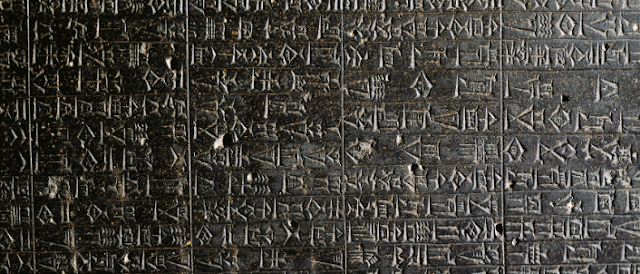Hammurabi's Code: Justice Etched in Stone (But Way Before 1780!)
Hold your chariot horses! There's a slight detour on our journey back in time. The Code of Hammurabi, often hailed as one of the first great legal codes, wasn't actually created in 1780 CE. That date would land us smack dab in the middle of the American Revolution, far from the ancient Babylonian Empire where this fascinating code originated.

Instead, dust off your time machine and set the dial for 1792-1750 BCE. That's when King Hammurabi, ruler of Babylon, etched his vision of justice into a towering, seven-foot tall black stone stele. Talk about setting your laws in stone!
More Than Just a Rulebook
This wasn't just a list of "don'ts" for Babylonians. The code covered a vast spectrum of societal concerns, from regulating trade and agriculture to dictating family dynamics and punishments for crimes. The most well-known aspect is the "lex talionis," the famous "eye for an eye" principle. But don't get the wrong idea - the code wasn't all about harsh penalties. It also established presumptions of innocence in some cases and even offered compensation for damages.
A Window into the Past
Delving into the Code of Hammurabi is like peeking through a keyhole into ancient Mesopotamia. You'll glimpse the social hierarchy, understand economic practices, and even catch a glimpse of gender roles at the time. While some aspects might seem harsh compared to our modern sensibilities, it's crucial to remember the historical context. This code aimed to maintain order and stability in a complex and evolving society.
A Legacy That Endures
The Code of Hammurabi's impact went far beyond its time and place. It influenced later legal systems, including those of the Hebrews and even the mighty Roman law. Today, it stands as a valuable source of information about ancient Mesopotamia and a testament to the early development of codified law.
So, while the date may be off, your curiosity about the Code of Hammurabi is spot on! This captivating piece of history offers a window into the past and raises important questions about law, justice, and the evolution of societies.
I hope this revised version is even more engaging and informative!
